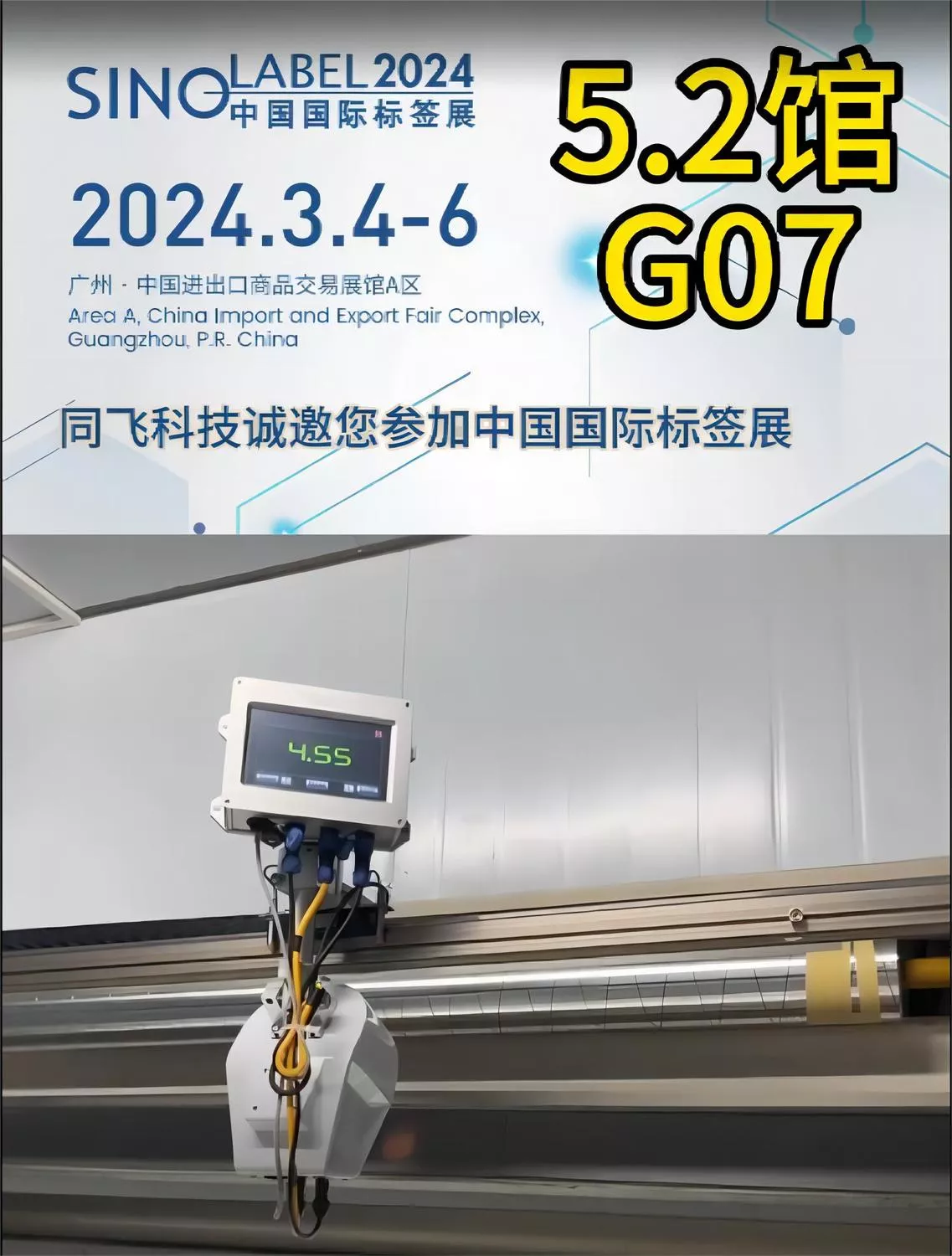Infrared moisture meter, minimizing ingredient addition costs in food production!
2025-01-14
The infrared moisture meter is a technology used for component measurement in many industries, including agriculture, raw material processing, processed foods, and industrial applications. Typical measurements include moisture, protein, fat, crude fiber, and other components, as well as physical property measurements such as grain hardness. Near-infrared has many characteristics that make it a very attractive technology for quality control process applications. It is fast, typically completing sample analysis in just a few seconds to 1 minute. It is non-destructive, does not require the use of hazardous chemicals, and does not require pre-treatment, with little to no sample preparation needed.
Many types of samples can be analyzed, including powders, pastes, and solids. The infrared moisture meter has low training requirements, and the results produced are independent of the operator. It is very accurate and highly repeatable.
Infrared moisture meters are used daily in thousands of food manufacturing plants, providing quick feed component data and process manufacturing control of final products. Historically, most infrared moisture meters have been used in one of three areas.
Incoming raw materials: In these applications, infrared moisture meters analyze the composition and physical or rheological parameters of incoming raw materials. This data is used to identify the raw materials of incoming batches to ensure the appropriate component profile needed to support the quality of the final product. Near-infrared data can also be used to ensure that raw materials meet contract specifications and support claims for non-conforming materials.
Moisture and oil analysis during the process: In these applications, infrared moisture meters are placed within or above the production line for real-time product analysis. Moisture and oil (fat) are two quality parameters that can be easily measured with online analyzers. Real-time data can be used to adjust process parameters, such as adjusting oven temperature or conveyor speed through feedback process control.
Final product inspection: Analysis of the final product can be done online or through online sampling for a more thorough inspection of product quality. Depending on the instrument and sampling, moisture, oil, and other parameters can be measured. While final product inspection can ensure quality, it is a lagging indicator and not very effective for controlling the process.
Online monitoring with high-performance infrared moisture meters:
As the global food market becomes increasingly specialized and competition intensifies, food manufacturers are increasingly using high-performance infrared moisture meters for online monitoring of production and reducing raw material costs.
Frequent online analysis provides production managers with real-time data needed to respond to process control. Moving the analysis work next to the production line allows for the accurate measurement of more difficult components, such as seasonings or sugars, using infrared moisture meter technology and calibration. In many processes, these components are applied using sprayers or tumblers, which can lead to inconsistencies in application and final concentration. Regular online monitoring of these critical components can improve product quality and reduce waste from over-formulation. With the fluctuations in global commodity prices, over-formulation can have a significant impact on the bottom line.
Address: Room 604, No.33 Jianshe Sixth Road, Yuexiu District, Guangzhou
Telephone:+86-(020)8618 7789
E-mail:mail@tongfei.net | sales@tongfei.net
Certificate Report Query,Document Information Query,Recruitment Management,Anti-counterfeiting query,3D Presentation
Copyright©2024 Guangzhou Tongfei Technology Co., Ltd. All Rights Reserved









